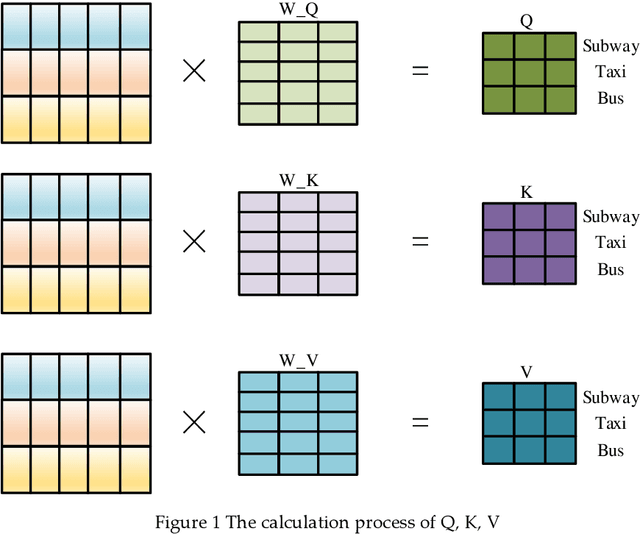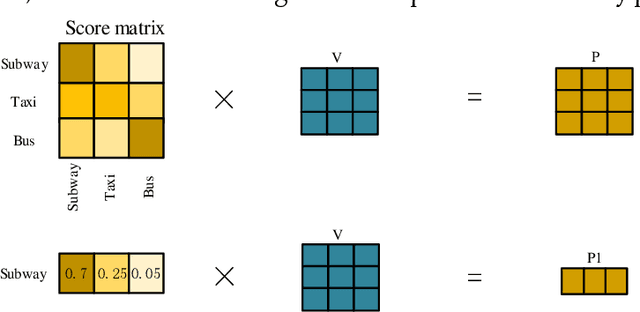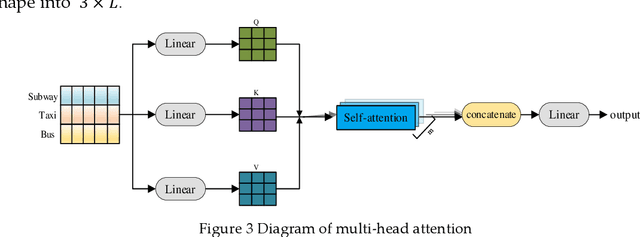Yongjie Yang
Zeroth-Order Optimization is Secretly Single-Step Policy Optimization
Jun 17, 2025Abstract:Zeroth-Order Optimization (ZOO) provides powerful tools for optimizing functions where explicit gradients are unavailable or expensive to compute. However, the underlying mechanisms of popular ZOO methods, particularly those employing randomized finite differences, and their connection to other optimization paradigms like Reinforcement Learning (RL) are not fully elucidated. This paper establishes a fundamental and previously unrecognized connection: ZOO with finite differences is equivalent to a specific instance of single-step Policy Optimization (PO). We formally unveil that the implicitly smoothed objective function optimized by common ZOO algorithms is identical to a single-step PO objective. Furthermore, we show that widely used ZOO gradient estimators, are mathematically equivalent to the REINFORCE gradient estimator with a specific baseline function, revealing the variance-reducing mechanism in ZOO from a PO perspective.Built on this unified framework, we propose ZoAR (Zeroth-Order Optimization with Averaged Baseline and Query Reuse), a novel ZOO algorithm incorporating PO-inspired variance reduction techniques: an averaged baseline from recent evaluations and query reuse analogous to experience replay. Our theoretical analysis further substantiates these techniques reduce variance and enhance convergence. Extensive empirical studies validate our theory and demonstrate that ZoAR significantly outperforms other methods in terms of convergence speed and final performance. Overall, our work provides a new theoretical lens for understanding ZOO and offers practical algorithmic improvements derived from its connection to PO.
Short-term passenger flow prediction for multi-traffic modes: A residual network and Transformer based multi-task learning method
Feb 27, 2022



Abstract:With the prevailing of mobility as a service (MaaS), it becomes increasingly important to manage multi-traffic modes simultaneously and cooperatively. As an important component of MaaS, short-term passenger flow prediction for multi-traffic modes has thus been brought into focus. It is a challenging problem because the spatiotemporal features of multi-traffic modes are critically complex. To solve the problem, this paper proposes a multi-task learning-based model, called Res-Transformer, for short-term passenger flow prediction of multi-traffic modes (subway, taxi, and bus). Each traffic mode is treated as a single task in the model. The Res-Transformer consists of three parts: (1) several modified transformer layers comprising 2D convolutional neural networks (CNN) and multi-head attention mechanism, which helps to extract the spatial and temporal features of multi-traffic modes, (2) a residual network architecture used to extract the inner pattern of different traffic modes and enhance the passenger flow features of multi-traffic modes. The Res-Transformer model is evaluated on two large-scale real-world datasets from Beijing, China. One is the region of a traffic hub and the other is the region of a residential area. Experiments are conducted to compare the performance of the proposed model with several state-of-the-art models to prove the effectiveness and robustness of the proposed method. This paper can give critical insights into the short-tern passenger flow prediction for multi-traffic modes.
 Add to Chrome
Add to Chrome Add to Firefox
Add to Firefox Add to Edge
Add to Edge